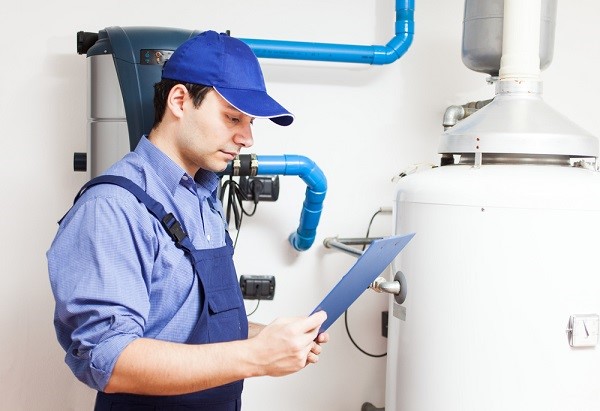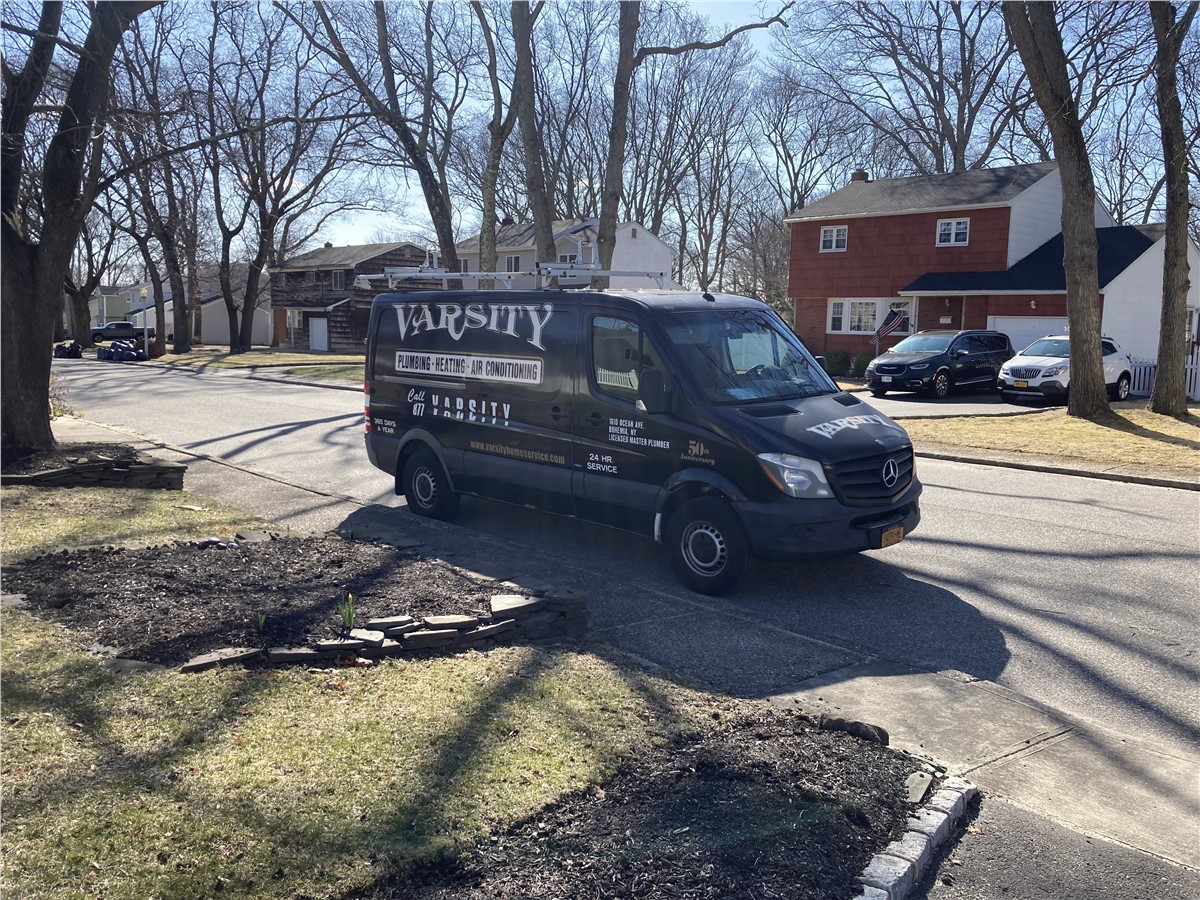
It’s that time of year again. A time for the kids to dread their first day, and a time for them to take 30-minute showers. But it’s also time for you to head back to learning with this crash course on your water heater at home.
This is Water Heaters 101, where you’ll get the 411 on one of the most important aspects of your plumbing system. Keep reading to learn the basics of how your water heater works as well as the ins and outs of maintenance and repair.
How Your Water Heater Works
The most common types of water heaters are gas and electric. Both have similar parts and pieces, but we will briefly describe the differences.
In a gas-powered system, cold water enters the large tank through the dip tube. The water is then heated by a gas burner, which releases toxic gas up through a chamber in the middle of the tank.
As the toxic air is sent up and out of the tank, the water around the chamber is heated. A series of pipes deliver your water to the correct place within your home where the hot water is needed. Temperature can be manipulated by a thermostat which determines how hot the burners become.
Electric systems work similarly but are not exactly the same. The main difference is that electric systems are plugged into a power supply in order to heat their burners and run alongside the thermostat.
The Importance of Water Heater Maintenance
In order to maintain a working water heater on your own, you should check it often. It is important to recognize the temperature and pressure relief (T&P) valve located on the tank.
If this valve is malfunctioning or overpressurized, you may risk an exploding hot water tank. Note the area around your water tank. Is it clean and spacious or dirty and crowded? Are pipes rusting all around it?
Keep the space and your water heater clean, and it should last a long and happy life. Some people may think their water heater is malfunctioning when really it is an issue with the pilot light. Check the pilot before trying to do any other maintenance on your heater.
Many times if the light is out, you wouldn’t require a professional to relight it. Many times there is a knob to press and a place to ignite the fire. The pilot light will only be on gas tanks. Chances are, you will know if your water heater is truly damaged or malfunctioning. That is when you may need to turn to a professional for repair.
Quality Water Heater Repairs
If you spot the problem early, chances are your water heater can be saved. There are a few signs that may point to a broken water heater in your home.
Murky water, loud noises coming from the tank, and a lack of hot water are just a few of the signs.
If you notice any of these issues, you might try to light the pilot or check the electrical entry, but the repair may require a professional. Often times repairs to the pipes are necessary if corrosive material has entered the water supply.
The problem might also be a matter of a tank leak. This can be caused by corrosion or a puncture. These problems can be hard to patch up on your own. Instead, work with our pros at Varsity Home Services, and never miss out on a warm shower again!
Subscribe to Varsity Home Service's Blog







